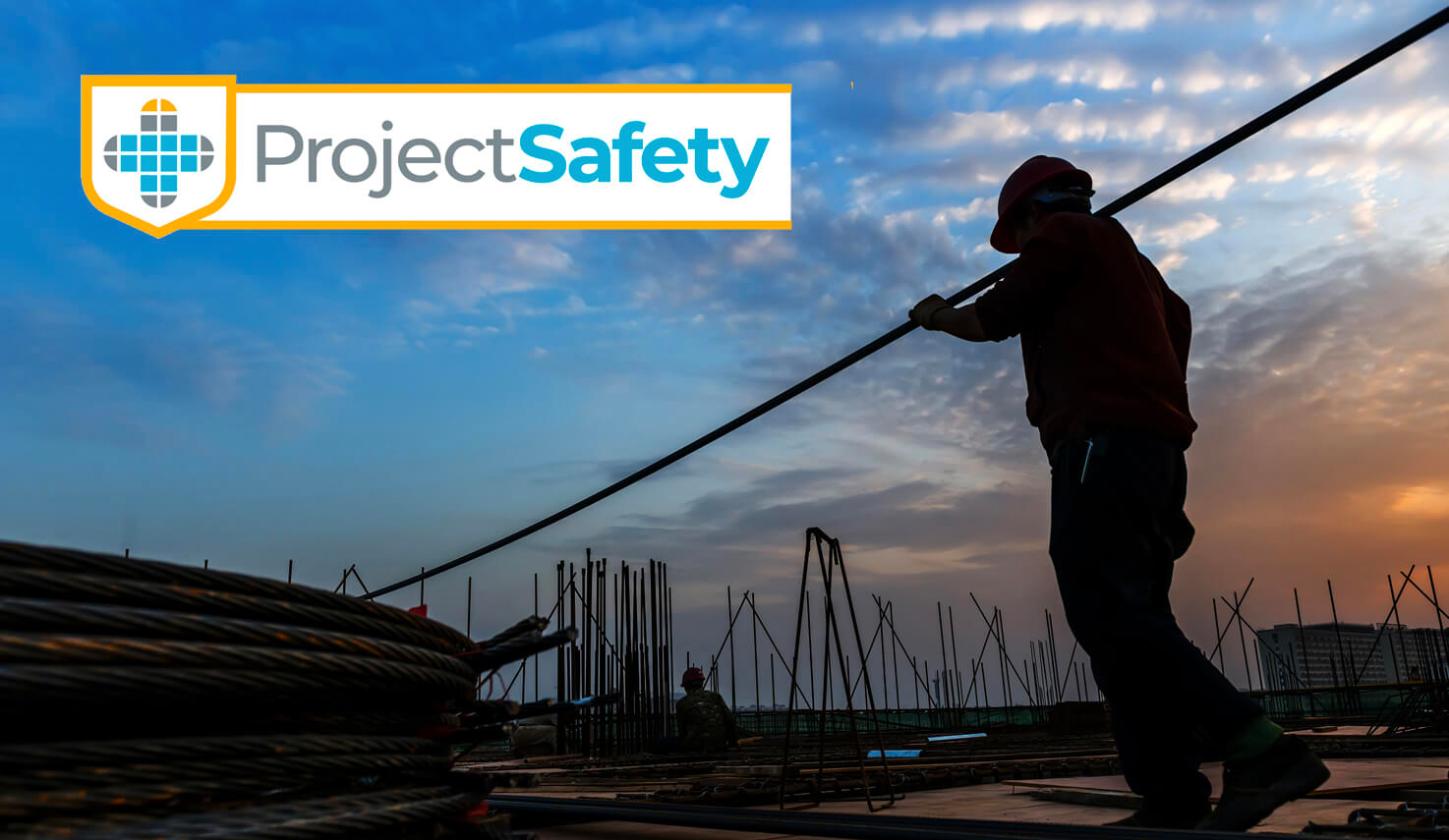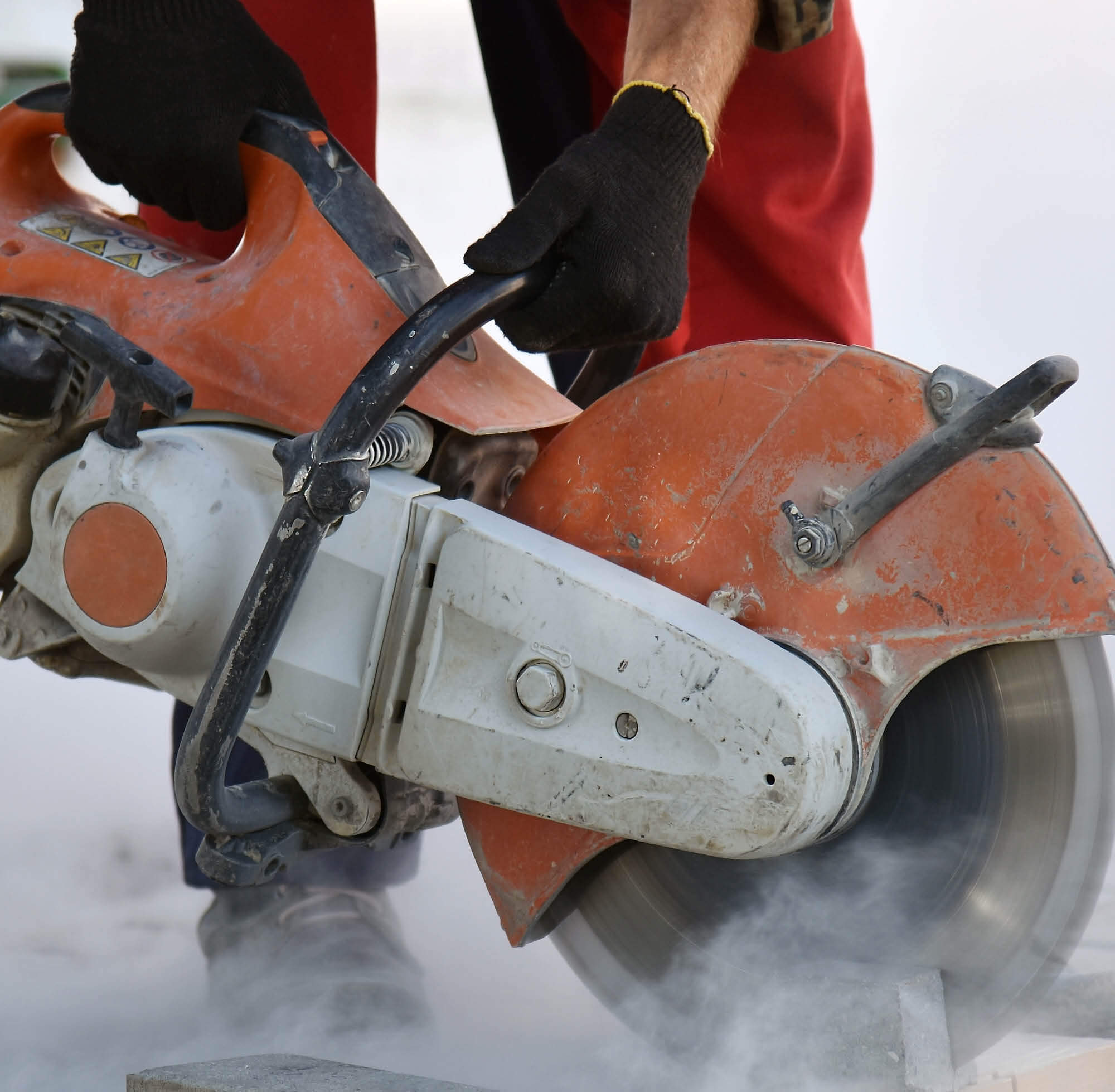
Respirable Crystalline Silica
Respirable crystalline silica are very small particles at least 100 times smaller than ordinary beach or playground sand. They are created when cutting, sawing, grinding, drilling, and crushing stone, rock, concrete, brick, block, and mortar. Breathing this dust can cause silicosis, which in severe cases can be disabling, or even fatal. The respirable silica dust enters the lungs and causes scar tissue to form, thus reducing the lung’s ability to take in oxygen.
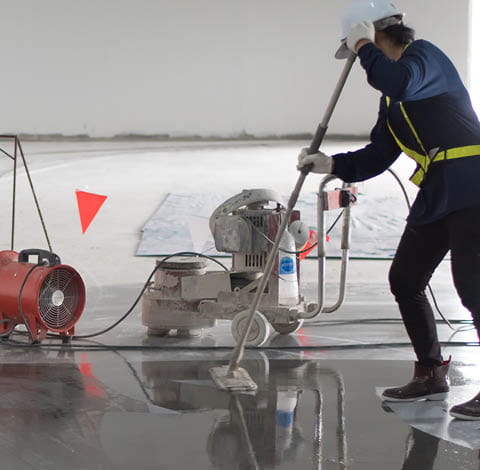
Volatile Organic Compounds (VOCs)
Volatile organic compounds (VOCs) are emitted as gases from certain solids or liquids. VOCs include a variety of chemicals, some of which may have short and long-term adverse health effects. Concentrations of many VOCs are consistently higher indoors (up to ten times higher) than outdoors. Breathing VOCs can irritate the eyes, nose and throat. It can also cause difficulty breathing, nausea, and central nervous system and organ damage. Proper protection should always be worn.
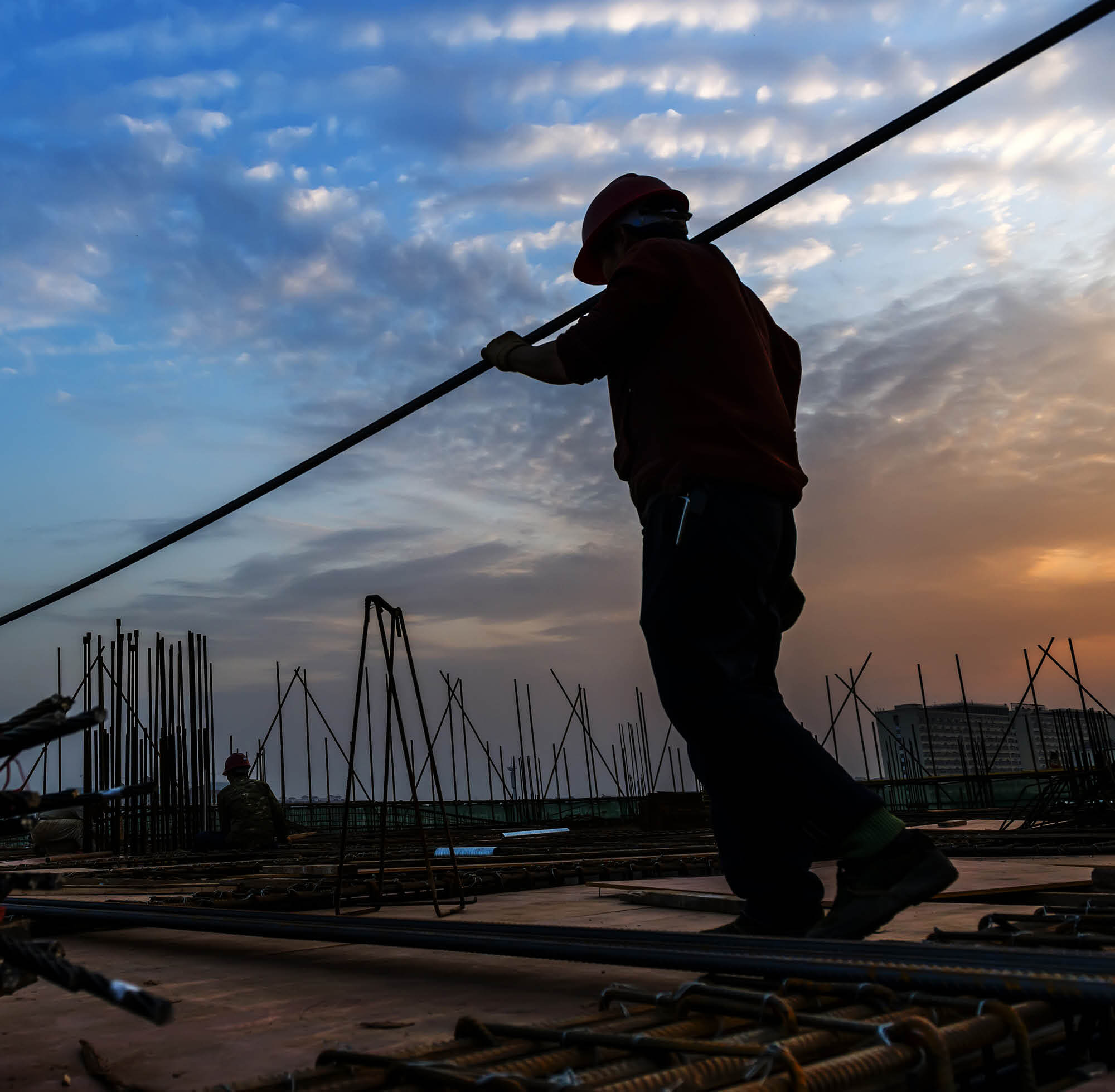
Back Safety
Back injuries are more prevalent among construction workers than employees in all other industries combined. By nature, construction work involves physical labor that can easily result in back problems from repeated motions such as lifting, pushing, pulling and bending. Safe lifting practices and load-carrying techniques are crucial to preventing painful and chronic back injuries in the workplace.
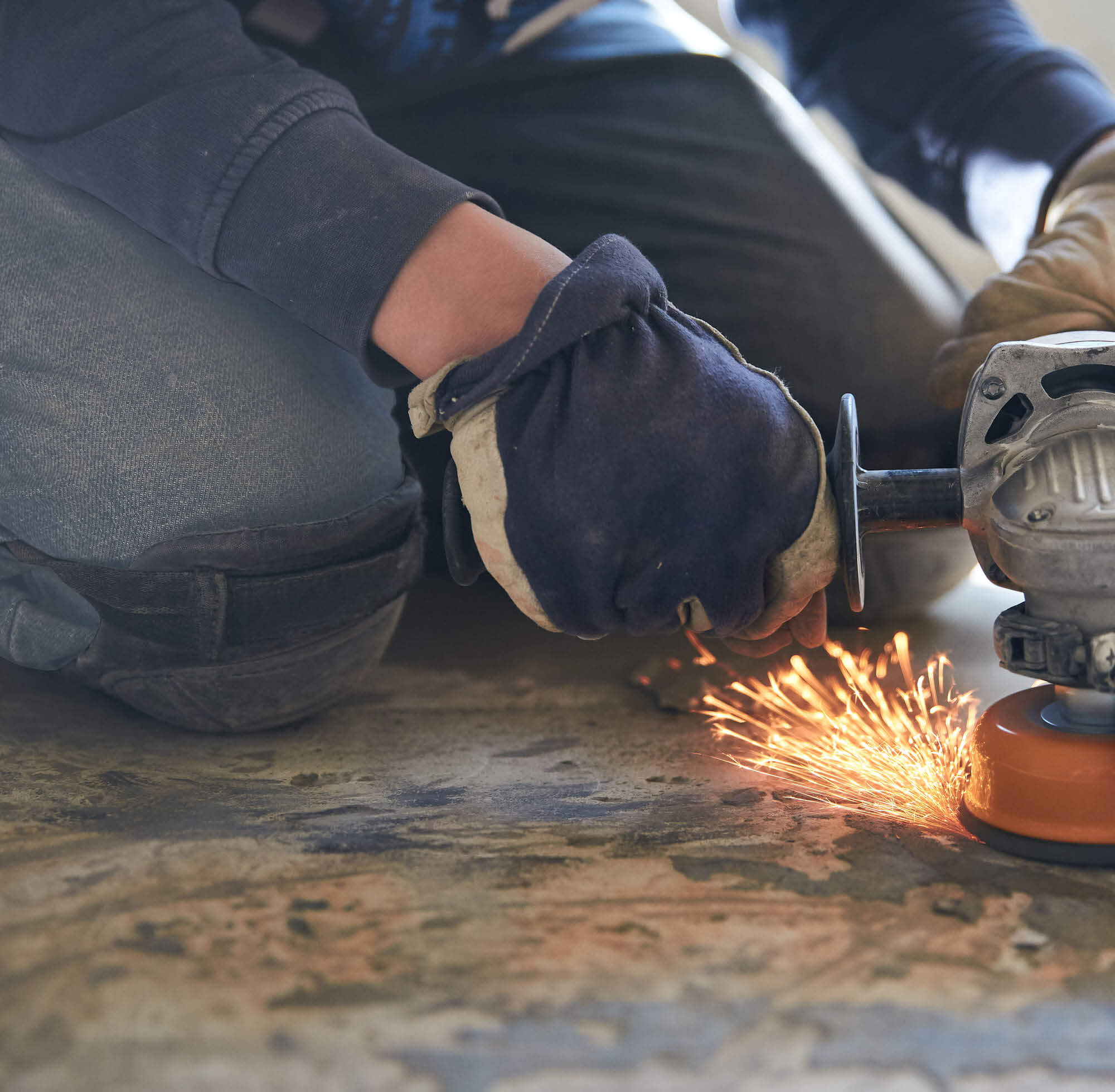
Knee Safety
Protecting your knees is vital for career longevity in construction. The knee is especially vulnerable to injury due to its complexity. Not only does it bend and straighten, it allows twisting and rotating movements, all while supporting the majority of the body's weight. Concrete floor finishing and tile and stone installations require considerable bending and kneeling that put a lot of stress on the knees. Therefore it is crucial to train workers on how they can help maintain healthy knees.
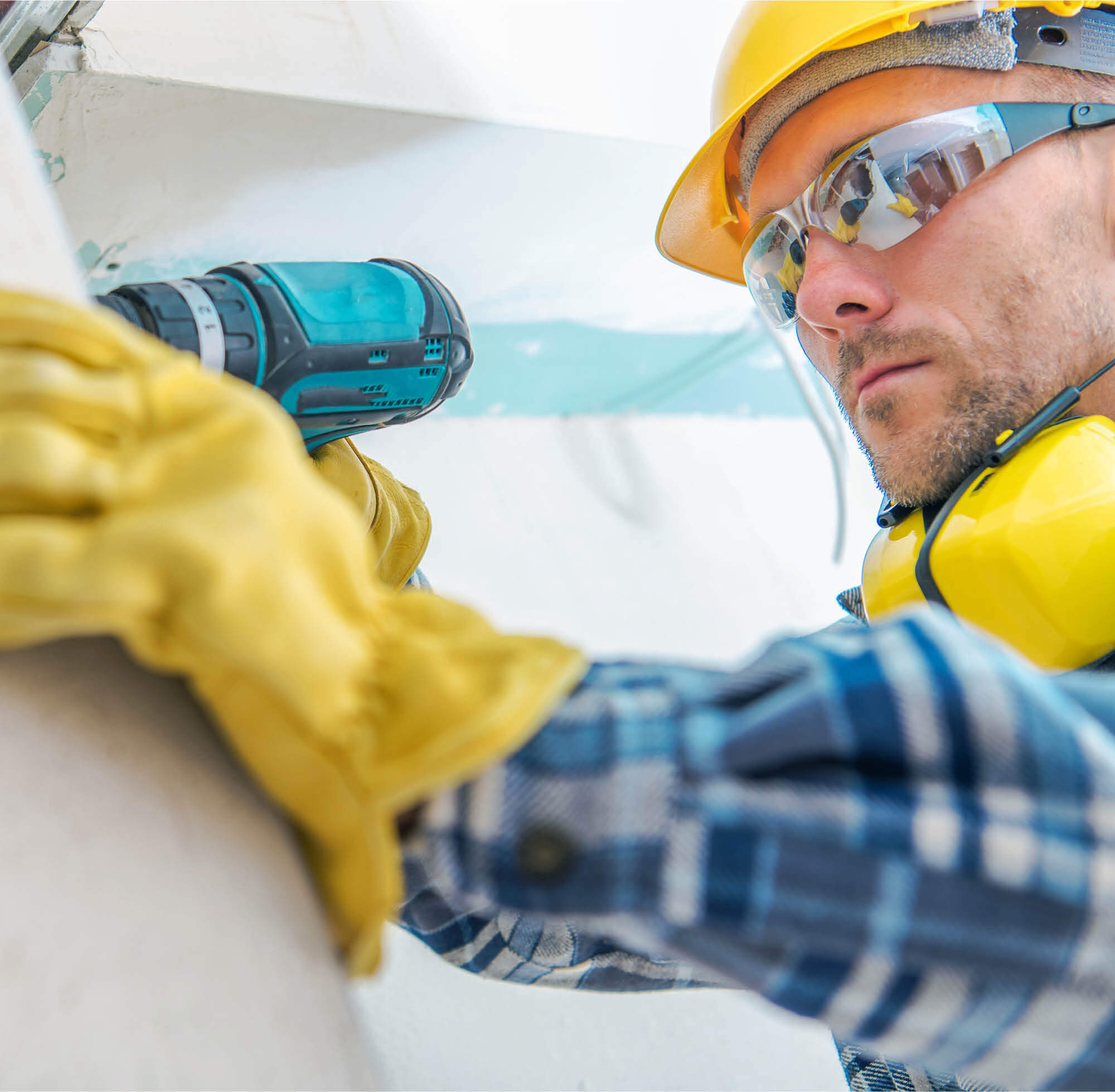
Eye Safety
Construction has a much higher rate of eye injuries than any other industry. Flying particles are common in many tasks on the job site; from sawing, drilling, chipping, blasting, even blowing dirt and dust. Chemical and concrete splashes also pose risks. Eye protection is necessary to avoid injury or permanent vision loss.
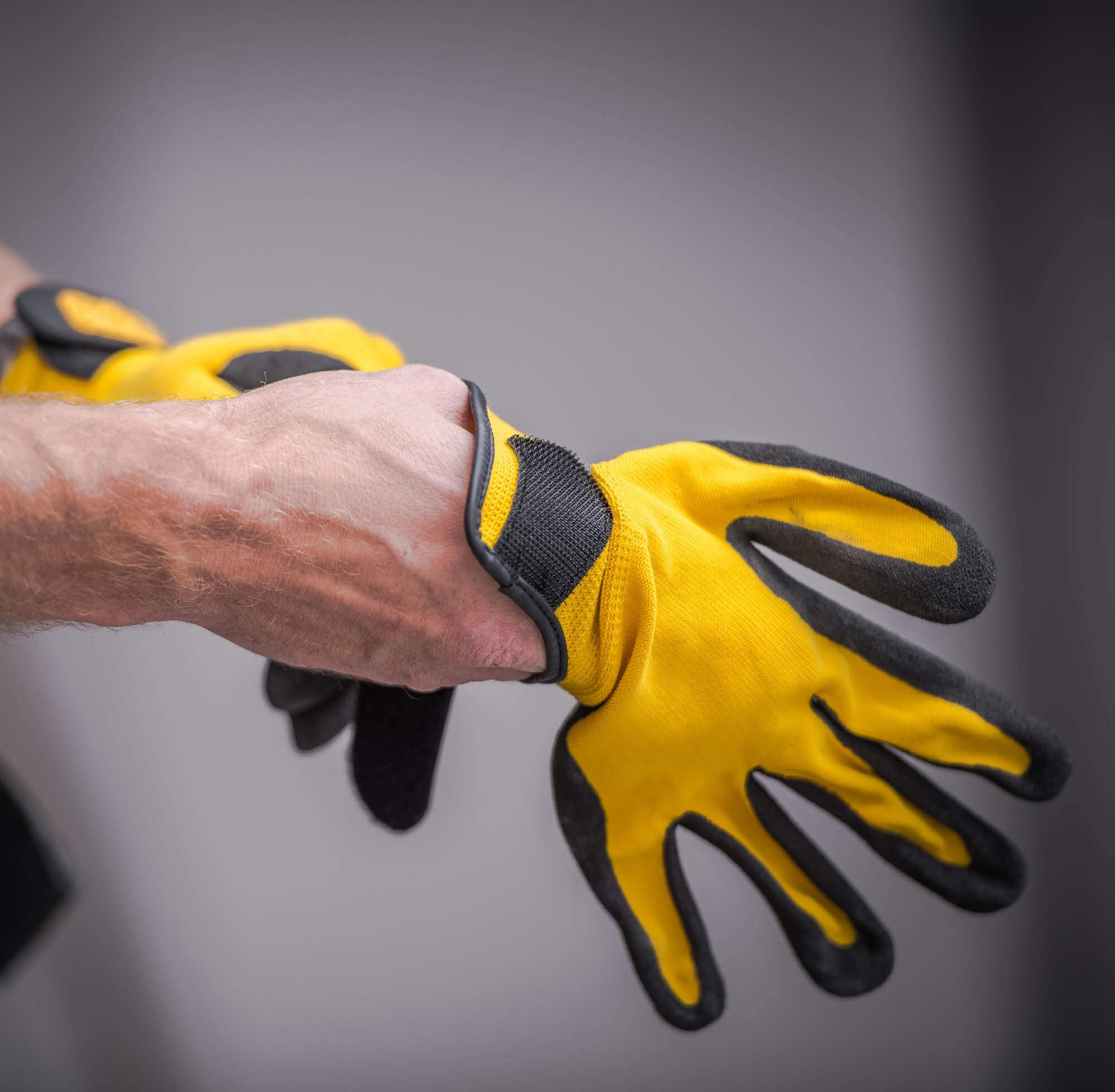
Hand Safety
Construction workers rely heavily on their hands. Every year, as many as one million workers in the United States are faced with serious hand injuries. Learn about what gloves are best for the task, keep hands free of grease or oil and choose the right tools for the job that promotes productivity and prevents hand, wrist and strain injuries.
Project Safety™ Resources
本网站和随附的文章仅用于教育目的和提供一般信息。它无意为您的医疗问题或个人情况提供医疗建议。此处列出的参考资料和内容与上次专家审查时的法律法规一致,但是,它们可能无法反映最新的法律发展。本文或课程材料中的任何内容均不得解释为有关遵守法律法规或要求的任何情况的专业建议。

